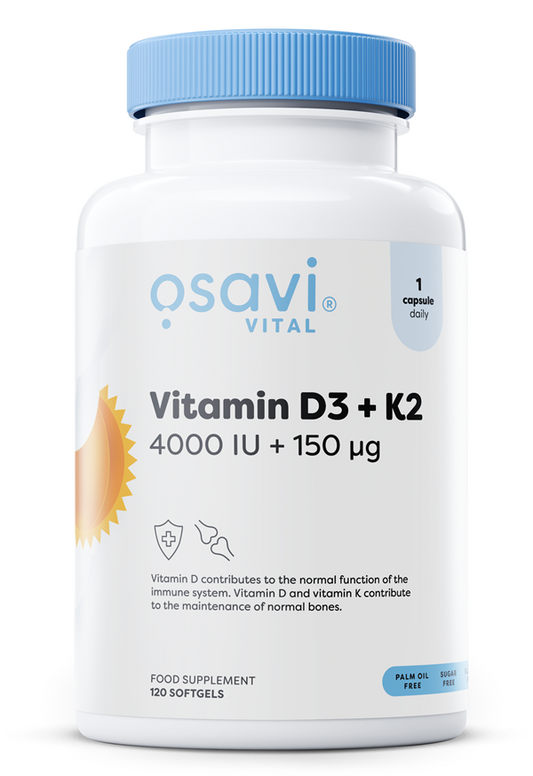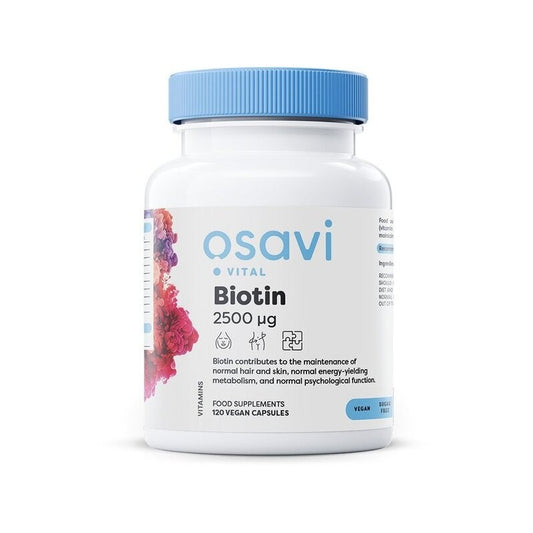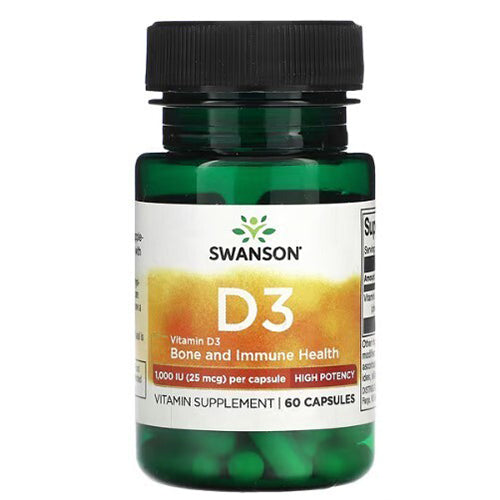
Vitamin B10 (PABA): The Skin and Cellular Health Nutrient
Jakub SkibaVitamin B10, also known as PABA (para-aminobenzoic acid), is a lesser-known water-soluble compound sometimes included in the B-vitamin family. While not officially classified as an essential vitamin, PABA plays a supporting role in skin health, cellular metabolism, and antioxidant protection. Understanding how it works in the body can help you maintain overall wellness and promote natural cellular support.
What Exactly Is Vitamin B10 (PABA)?
PABA is a precursor to folate, which helps the body produce compounds necessary for cell division and red blood cell formation. It also has antioxidant properties that protect cells from oxidative stress and supports overall skin health. Although the body can produce PABA and deficiency is rare, consuming foods that provide it can support your natural metabolic and cellular processes.
How Vitamin B10 (PABA) Works in the Body
Skin health and Protection
PABA contributes to skin resilience by neutralizing free radicals caused by environmental stressors like UV exposure. Some sunscreens historically included PABA due to its UV-absorbing properties, though it is less commonly used today.
Folate Production
As a folate precursor, PABA indirectly supports DNA synthesis, cell renewal, and overall cellular health. Adequate folate levels help maintain normal cellular functions.
Antioxidant Benefits
PABA acts as a cell-protective antioxidant, helping neutralize unstable molecules that can damage cells. This supports the body’s natural defense systems and contributes to maintaining healthy tissues.
Signs of Low Vitamin B10 Intake
Although PABA deficiency is rare, insufficient levels may influence skin, energy, and metabolic function.
Possible Signs of Low PABA Intake:
-
Dry or sensitive skin
-
Low energy or fatigue
-
Occasional digestive discomfort
-
Hair thinning
-
Impaired cell growth
Maintaining a balanced diet rich in B-vitamin cofactors and antioxidants ensures sufficient PABA production and overall metabolic support.
Natural Sources of Vitamin B10 (PABA)
PABA is found in various foods, and the body can also produce it from folate and other compounds. Including these foods can help support natural PABA synthesis:
-
Whole grains (oats, wheat, barley)
-
Liver (especially beef liver)
-
Eggs and dairy products
-
Leafy greens (spinach, kale)
-
Mushrooms (shiitake)
-
Beans (lentils, chickpeas)
A diet with a variety of whole foods and antioxidants supports cellular health and metabolic balance.
How Much Vitamin B10 (PABA) Do You Actually Need?
There is no official recommended daily intake for PABA. Since the body can produce it and it is present in a wide variety of foods, most people maintain adequate levels through a balanced diet. Supplementation is generally unnecessary unless dietary restrictions or specific conditions limit intake.









